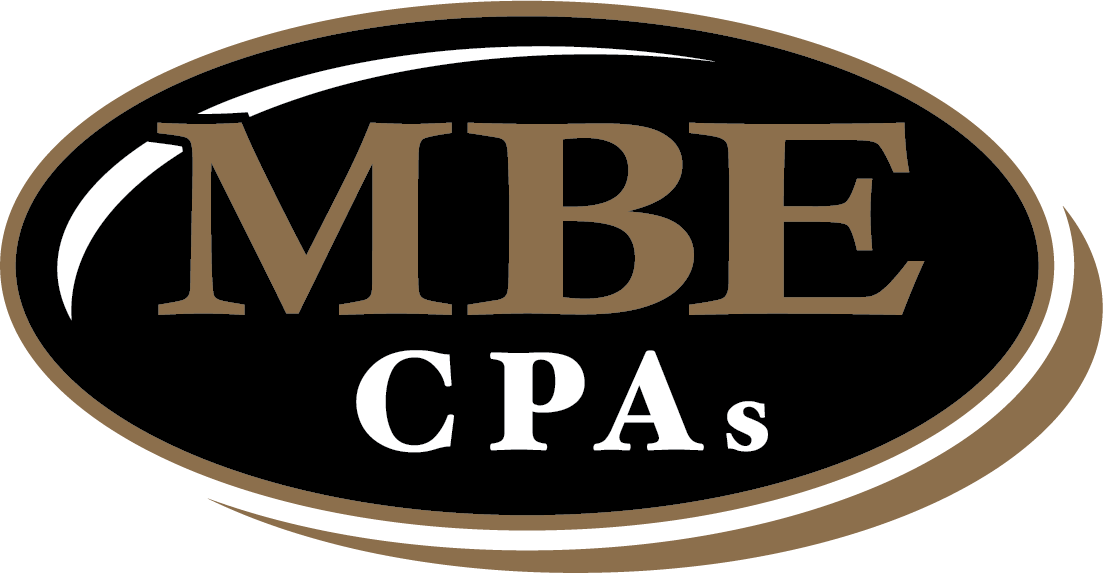Strengthening Unemployment Insurance Program Security

Unemployment insurance (UI) programs have long been a lifeline for individuals grappling with difficult times. Yet, amidst the unprecedented job losses and economic uncertainty during the pandemic, unemployment insurance fraud was also an unfortunate surge. Fraudsters have seized the opportunity to exploit overwhelmed systems and drain resources meant for those genuinely in need. These fraudulent activities include:
- Use of IDs from incarcerated individuals and the deceased to apply for benefits.
- Submitting applications in multiple states to maximize fraudulent gains.
- Creating fictitious businesses to siphon off funds intended for genuine beneficiaries.
Assessing UI Program Vulnerabilities: The Role of Audits
Conducting audits is a critical tool against UI fraud since it helps uncover potential vulnerabilities and weaknesses in the program. Knowing these is critical for timely actions to mitigate risks and prevent fraud.
Audits can help identify areas where fraudsters tend to exploit the program’s weaknesses. In addition, you can uncover operational deficiencies and detect instances of waste and abuse. By conducting a thorough audit, administrators can:
- Pinpoint gaps in program procedures
- Discover systemic issues
- Take corrective actions to strengthen program integrity.
Unveiling Audit Findings and Recommendations: Real-world Examples of UI Program Weaknesses
Efforts to combat unemployment insurance fraud can be evaluated through audits that identify program weaknesses and recommend improvements. To illustrate, here are examples of audit findings and corresponding recommendations that shed light on the vulnerabilities within UI programs.
1. Michigan: Failure to Secure Effective Access and Security Controls in State Systems’ Insufficient Identity Verification Measures
An audit conducted in Michigan exposed the UI agency’s failure to limit access to sensitive information. It involved the systems responsible for collecting, paying, and receiving unemployment payments. The report identified three primary deficiencies in the agency’s approach to limiting access to sensitive information:
- Lack of proper training and background checks for employees
- Delays in removing system access for terminated employees
- Inadequate documentation to ensure that employees only had the necessary access to perform their duties
2. California: Weaknesses in Administration and Fraud Detection
A recent audit in California categorized the Employment Development Department (EDD) as a high-risk agency due to its inadequate fraud prevention and claimant service. The audit emphasized the importance of reducing the backlog of claims to ensure prompt and accurate processing, as well as improving the fraud detection system to prevent fraudulent claims from being approved.
3. Kentucky: Lack of System Controls
Overwhelmed by the number of claims, Kentucky’s Office of Unemployment Insurance (OUI) effected changes that sacrificed the program’s integrity. To expedite payments, the OUI introduced “Auto-Pay,” which allowed unemployment benefits to be automatically paid without verifying claimants’ weekly wage information for eligibility. Because of the lack of control, the system increased the risk of fraud and caused the disbursement of incorrect payments. Unfortunately, the implementation did not solve the backlog issue, and many claims remained unprocessed within the required timeframe.
Detection Methods: Staying Ahead of Fraudsters

What happened during the pandemic is already a done deal, but we can learn from it. While recovery efforts are crucial, it is equally important, and often easier, to minimize the risks and secure UI programs. As fraudsters continuously adapt their tactics, agencies must stay ahead by employing effective detection methods. Here are key strategies to enhance fraud detection and protect the integrity of the UI system:
Utilizing Technology and Advanced Analytics to Uncover Suspicious Patterns
UI programs can leverage technology and advanced analytics to uncover suspicious patterns in claim data. For instance, agencies can identify potential fraud indicators and anomalies by analyzing large datasets and using advanced algorithms. Because of the increasing amount of data generated in the UI system, manually analyzing this vast information would be overwhelming.
Advanced algorithms play a crucial role in the analysis process because they can identify complex relationships and detect subtle anomalies indicative of fraud. These algorithms can be trained to recognize specific patterns associated with fraudulent behavior, such as multiple claims filed from the same address or consistent irregularities in job history. By applying these algorithms to the claim data, agencies can sift through the noise and accurately pinpoint potential fraud.
Furthermore, technology and advanced analytics enable real-time monitoring, allowing agencies to detect and respond to fraudulent activities quickly. By implementing automated systems that continuously monitor claim data, agencies can promptly identify and flag suspicious activity as it occurs. This reduces the risk of approved fraudulent claims and serves as a deterrent to potential fraudsters, knowing their activities are monitored closely.
Enhancing Identity Verification and Authentication Processes
UI fraud usually starts with weaknesses in identity verification procedures. This is why scam artists can get away with using the IDs of inmates or the deceased to claim unemployment insurance benefits. Thus, strengthening the processes for verifying claimants’ identities is essential in preventing fraudulent claims.
One essential step in enhancing identity verification is implementing multi-factor authentication. This involves requiring claimants to provide multiple forms of identification or pass through various layers of verification. Claimants may need to verify their identities through email or text confirmation codes, answer security questions, or use authenticator apps. Consequently, it becomes much more challenging for fraudsters to pass multiple verification checkpoints.
Verifying claimant information against government databases is another powerful tool for confirming identities. Cross-referencing personal information with official records, such as Social Security numbers, helps validate the authenticity of identity claims. Implementing stricter identity verification lowers the risk of individuals posing as others to collect unemployment benefits.
Furthermore, biometric technologies can significantly enhance the accuracy and integrity of claimant identities. Fingerprint or facial recognition scanning provides a reliable and unique identifier that is inherently difficult to forge or replicate. Through biometric authentication, agencies can directly confirm physical presence and match captured biometric data against an existing record.
How an Audit Firm Can Help

An audit firm provides an independent and objective assessment of your UI program’s operations, controls, and processes. So they can identify potential gaps, weaknesses, and vulnerabilities that may be difficult for internal staff to spot.
Once identified, audit firms can recommend improvements to strengthen your program’s defenses against fraud. This includes thoroughly examining your program’s procedures, enhancing controls, streamlining processes, and implementing best practices to mitigate fraud risks. After that, they can provide unbiased and valuable insights.
Rather than just recommending steps, audit firms partner with UI agencies to engineer multi-layered and effective fraud prevention strategies. They analyze historical data, conduct risk assessments, and understand the unique challenges faced by your agency. These insights help formulate effective fraud prevention and detection strategies encompassing technological advancements and process improvements.
Don’t compromise the integrity of your UI program. Contact MBE CPAs today to discuss how our audit services can strengthen your program’s security and protect your organization against fraudulent claims.
